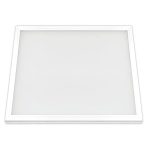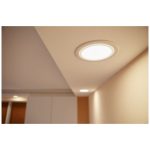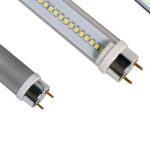Brighten Up Your Bathroom: How Many LED Watts Do You Need for Proper Lighting?
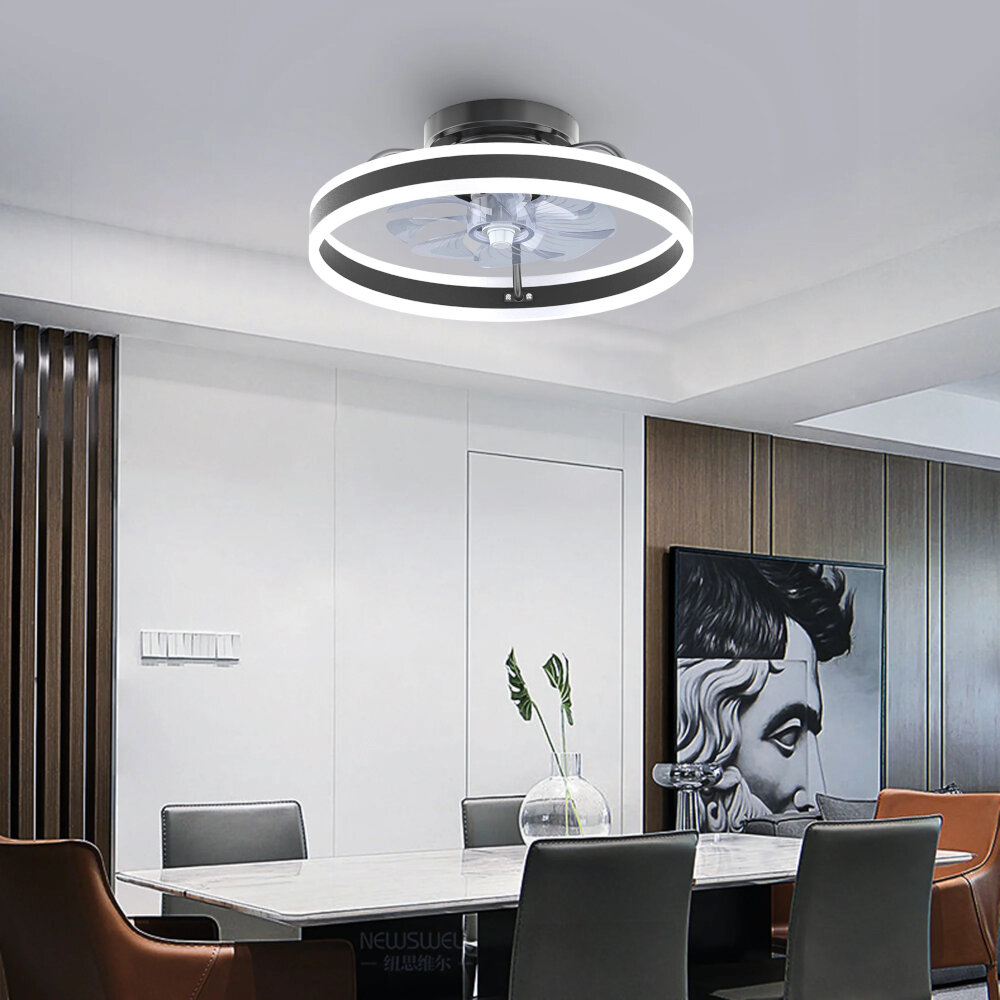
When it comes to home renovation or improvement, the bathroom is often overlooked, yet it is one of the most important rooms in the house. Proper lighting is crucial for making your bathroom functional and aesthetically pleasing. LED lighting has become increasingly popular due to its energy efficiency, long lifespan, and versatility. However, deciding how many LED watts you need for proper lighting can be challenging, especially with so many options available on the market. The right amount of light can make a huge difference in your bathroom, whether you’re getting ready for work or winding down after a long day. LED lighting can provide a bright, cool white light that mimics natural daylight and enhances the overall ambiance of your bathroom. From task lighting around the vanity to mood lighting for a relaxing soak in the tub, finding the perfect LED wattage can create a more comfortable and inviting space. In this article, we’ll explore how to determine the right amount of LED watts for your bathroom and highlight some of the benefits of LED lighting.
Proper bathroom lighting is essential not only for aesthetic purposes but also for functionality and safety. Inadequate lighting can lead to accidents, especially in a wet and slippery environment. It can also make it difficult to carry out daily grooming tasks such as shaving, makeup application, and hair styling. Proper lighting is also important in creating the right mood and ambiance, especially for those who enjoy a relaxing soak in the tub after a long day. LED lighting is an energy-efficient and cost-effective option that provides bright and even lighting, making it an excellent choice for bathroom lighting. Choosing the right LED wattage can make all the difference in creating a bright and welcoming space that is both functional and aesthetically pleasing.
LED lights have become increasingly popular due to their numerous advantages. Firstly, they are highly energy-efficient, using up to 75% less energy than conventional incandescent bulbs. This translates to lower electricity bills and a reduced carbon footprint. Secondly, they have a longer lifespan, with some lasting up to 50,000 hours, which means less frequent replacement and maintenance costs. Additionally, LED lights emit less heat, making them safer to use and reducing the risk of fire hazards. LED lights are also available in a variety of colors and designs, making them a versatile option for any bathroom decor. Overall, using LED lights is a smart and eco-friendly choice that can provide long-lasting and visually appealing lighting for your bathroom.
LED lights work by utilizing the principle of electroluminescence, which is the process of converting electrical energy into light. Inside an LED bulb, there are two electrodes, a positively charged anode, and a negatively charged cathode, separated by a semiconductor material. When an electric current is passed through this material, the electrons in the atoms of the semiconductor material become excited and jump to a higher energy state. As they return to their original state, they emit photons of light, creating the bright illumination that LED lights are known for. LED lights are highly energy-efficient, durable, and long-lasting, making them an excellent choice for brightening up your bathroom while reducing your energy consumption and environmental impact.
Factors to Consider
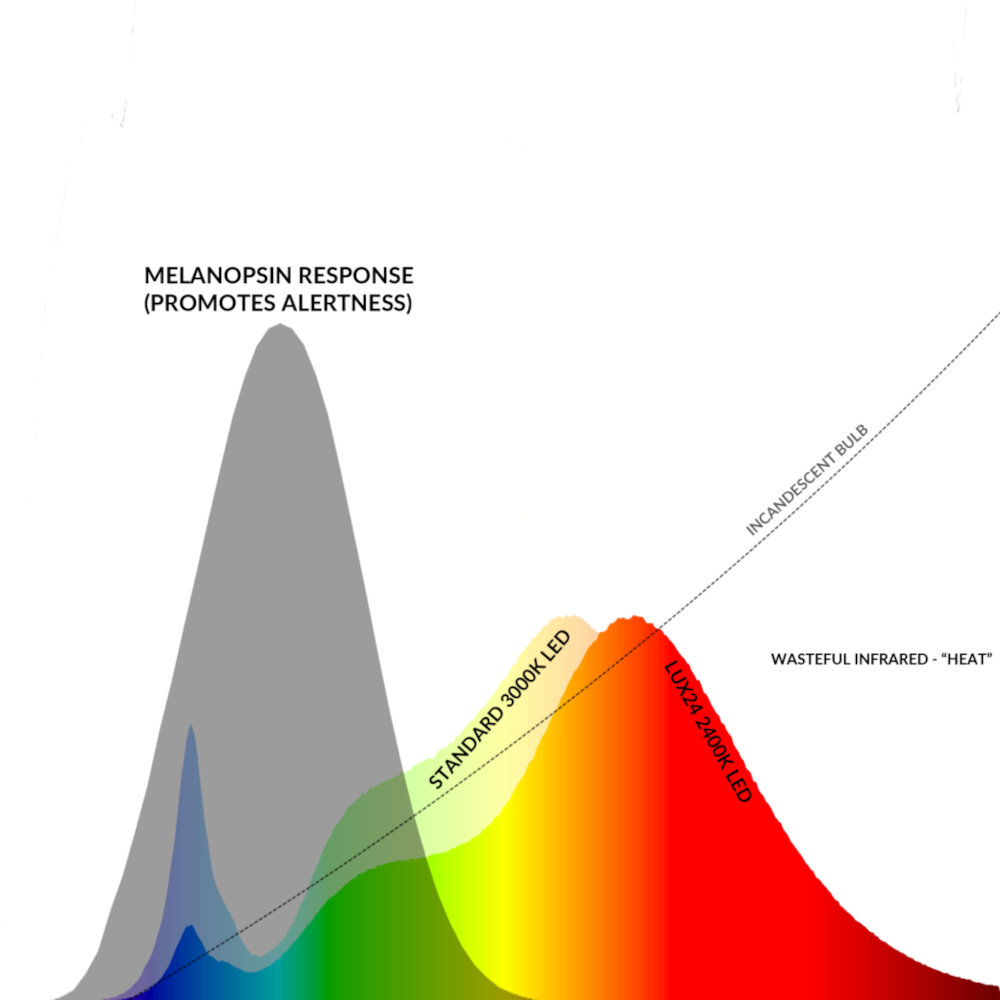
When it comes to brightening up your bathroom, there are several factors to consider before settling on a specific LED wattage. Firstly, the size of your bathroom plays a crucial role in determining the appropriate LED wattage. For instance, a small bathroom may require a lower wattage to avoid overwhelming the space with too much light, while a larger bathroom may need higher wattage to ensure adequate lighting. Additionally, the color scheme of your bathroom also plays a significant role in determining the appropriate LED wattage. If your bathroom features darker colors, you may need a higher wattage to achieve the desired brightness, whereas lighter colors may require lower wattage. Another factor to consider when choosing the right LED wattage for your bathroom is the purpose of the lighting. Are you looking for functional lighting for daily grooming activities or a more relaxing, mood-setting ambiance? If you are looking for functional lighting, then a higher LED wattage may be necessary to ensure proper visibility. However, if you are looking for a more relaxed ambiance, then lower wattage may be suitable. Ultimately, the LED wattage you choose should align with your personal preferences and the overall design of your bathroom. By considering these factors, you can select the right LED wattage to brighten up your bathroom and create the perfect atmosphere for your needs.
The size of your bathroom plays a significant role in determining the number of LED watts you need for proper lighting. A small bathroom may only require 10-20 watts of LED lighting, while a larger bathroom may need 40-60 watts or more. When considering the size of your bathroom, it is important to take into account the height of the ceiling, the amount of natural light, and the types of surfaces used in the room, as these factors can impact the amount of lighting needed. Additionally, you should consider the purpose of your bathroom and the activities that will take place in the room. For example, a bathroom used primarily for applying makeup or shaving will require brighter lighting than a bathroom used for relaxing baths. By taking into account the size and purpose of your bathroom, you can determine the appropriate wattage for your LED lighting to create a bright and functional space.
When it comes to designing a bathroom, choosing the right color scheme is crucial. A well-thought-out color palette can create a calming, tranquil space or one that is energizing and invigorating. For a bright and refreshing look, consider using cool blues and greens. These colors promote a sense of calmness and relaxation, making them perfect for a spa-like atmosphere. If you want to create a warm and cozy feel, opt for soft, earthy tones like beige, brown, and taupe. These colors will make your bathroom feel welcoming and comforting. Don’t be afraid to experiment with color – just remember to balance bold hues with neutral shades to avoid overwhelming the space.
Bathrooms are the place where we start and end our day. It is essential to have proper lighting to create a relaxing ambiance. There are various types of fixtures available in the market for bathroom lighting. Wall sconces are a popular choice because they provide direct lighting and can be installed at eye level. Pendant lights are also a good option for adding a touch of elegance to your bathroom. Recessed lighting is an excellent choice for those who want a minimalist look. They are typically installed in the ceiling and provide soft, even lighting. Vanity lights are another popular choice for bathrooms as they provide ample lighting for grooming activities. Overall, the type of fixture you choose will depend on your personal style, the size of your bathroom, and the type of lighting you want to achieve.
The desired level of brightness in your bathroom depends on the size of the room and the tasks you perform in it. For a small bathroom, you may want a brighter light to create the illusion of more space, while a larger bathroom may require a more dimly lit atmosphere for a relaxing spa-like experience. As a general rule of thumb, 75-100 lumens per square foot is ideal for most bathroom lighting, but this can vary depending on personal preference. Additionally, consider the color temperature of your LED bulbs, as warmer tones can create a cozy and inviting atmosphere, while cooler tones can help brighten up the space and make it feel more modern.
The placement of fixtures is crucial in ensuring proper lighting in your bathroom. A well-lit bathroom provides a comfortable and relaxing atmosphere. It is essential to consider the size and layout of your bathroom when positioning fixtures. A general rule of thumb is to place fixtures on either side of the mirror to eliminate shadows and provide even illumination. Ceiling fixtures and recessed lights can also be strategically placed to complement the overall lighting scheme. Additionally, dimmer switches can be installed to adjust lighting levels according to your preference. Proper placement of fixtures not only enhances the functionality and aesthetics of your bathroom but also contributes to energy efficiency and cost savings.
Calculating LED Wattage
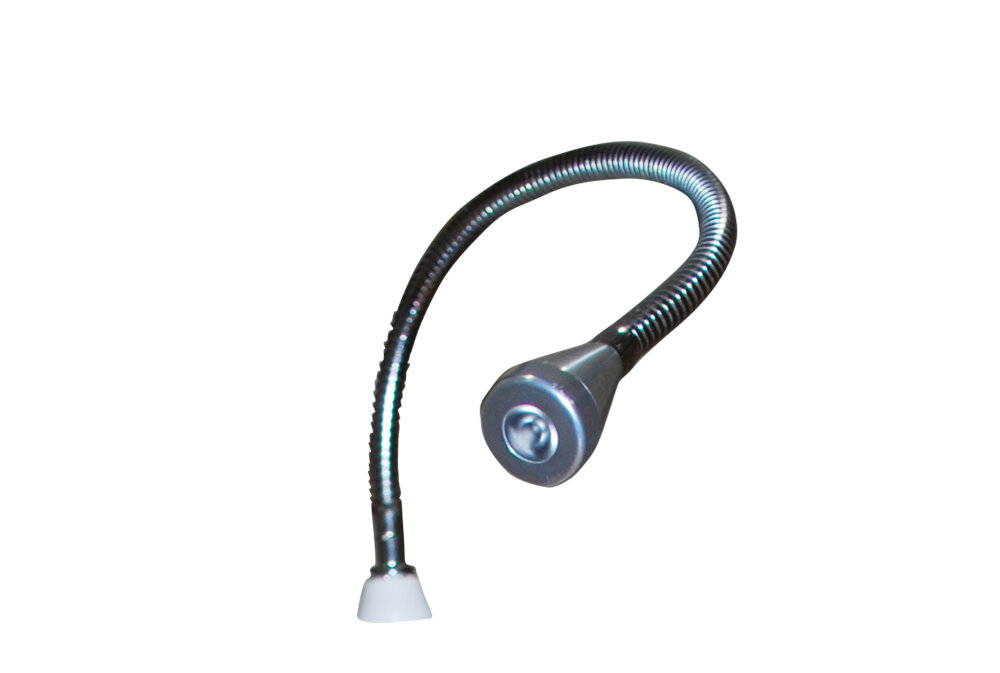
When it comes to choosing the right LED wattage for your bathroom lighting, it’s important to consider a few key factors. First and foremost, you’ll want to think about the size of your bathroom and how much light is needed to adequately illuminate the space. A larger bathroom will typically require more wattage, while a smaller one can get by with less. Additionally, you’ll want to think about the purpose of the lighting. Are you looking to create a bright, energizing space for getting ready in the morning? Or do you prefer a softer, more relaxing atmosphere for unwinding at night? The intended use of your bathroom will also impact your wattage selection. Once you’ve taken these factors into account, you can begin to calculate your LED wattage needs. To do so, you’ll need to determine the square footage of your bathroom. Simply multiply the length by the width of the room to get the total square footage. For example, a bathroom that is 8 feet long and 6 feet wide would have a total square footage of 48 feet. From there, you can use a general rule of thumb of 1-2 watts per square foot to determine the appropriate wattage for your space. Using this formula, our 48 square foot bathroom would require between 48 and 96 watts of LED lighting. Of course, your specific needs may vary based on the factors mentioned above, so it’s always best to consult with a lighting professional to ensure you’re getting the right wattage for your unique bathroom.
Lumens are a measure of the total amount of light emitted by a bulb or light source, while wattage refers to the amount of energy consumed by the bulb. In the case of LED lighting, the wattage is not necessarily an accurate indicator of the brightness of the bulb. Instead, lumens are a more reliable measure of brightness when it comes to LEDs. The higher the lumens, the brighter the light emitted by the LED bulb. Therefore, it is important to consider the lumens when choosing the appropriate LED wattage for your bathroom lighting needs. This will ensure that you have sufficient illumination for your daily grooming rituals without consuming excessive energy.
When it comes to illuminating your bathroom with LED lights, finding the right wattage is crucial to achieving adequate brightness. The formula for calculating LED wattage is based on two key factors: lumens and square footage. Lumens refer to the amount of light emitted by the LED bulb, while square footage is the total area of your bathroom. To determine the required LED wattage, you need to multiply the lumens per square foot by the total square footage of your bathroom. This calculation will help you to determine the appropriate wattage that will provide sufficient brightness without overloading your electrical system. With the right LED wattage, you can create a well-lit and cozy environment in your bathroom that enhances your daily routine.
When it comes to bathroom lighting, the wattage needed depends on the size of the room and the desired brightness level. For a small bathroom (less than 50 square feet) with a low ceiling, 75-100 watts of LED lighting should suffice. In a larger bathroom (between 50-100 square feet) with a higher ceiling, 150-200 watts of LED lighting may be needed to achieve the desired brightness. For those who prefer a more subdued lighting scheme, 50-75 watts of LED lighting for a small bathroom and 100-150 watts for a larger bathroom may be enough. It’s important to note that LED lighting is more energy-efficient than traditional incandescent bulbs, so even if you opt for higher wattage, you’ll still save on your electricity bill in the long run.
Choosing the Right LED Bulbs
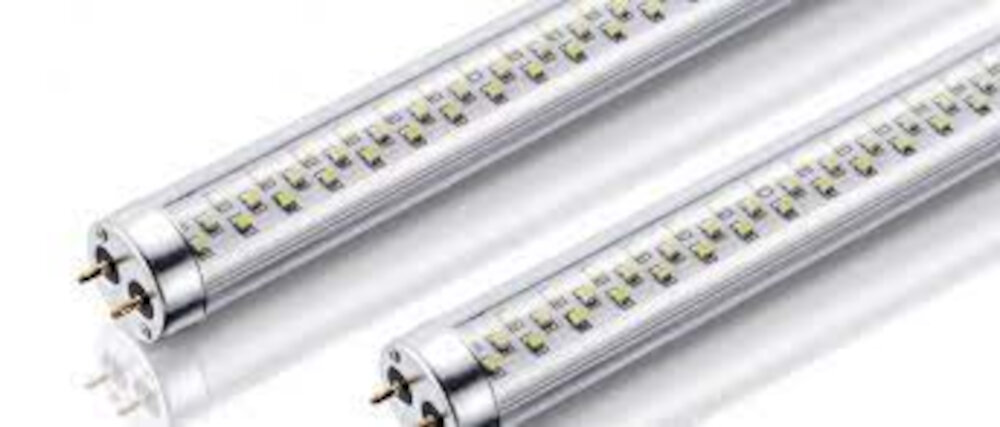
When it comes to choosing the right LED bulbs for your bathroom, there are a few things to consider. Firstly, you’ll want to think about the brightness of the bulb. This is measured in lumens, with a higher number indicating a brighter bulb. The amount of lumens you need will depend on the size of your bathroom and the level of brightness you prefer. For example, a small bathroom might need around 800-1000 lumens, while a larger bathroom might require up to 1500 lumens. It’s also worth noting that LED bulbs are available in different color temperatures, ranging from warm white to cool white. This is a matter of personal preference, but it’s worth experimenting with different temperatures to see which one suits your bathroom best. Another important factor to consider when choosing LED bulbs for your bathroom is the wattage. This will determine how energy-efficient the bulbs are, as well as how long they will last. In general, LED bulbs use much less energy than traditional incandescent bulbs, so you can expect to make savings on your energy bills. However, it’s still worth checking the wattage of your LED bulbs to ensure you’re getting the most efficient option. As a rough guide, a 9-watt LED bulb is roughly equivalent to a 60-watt incandescent bulb, while a 12-watt LED bulb is equivalent to a 75-watt incandescent bulb. By choosing the right LED bulbs for your bathroom, you can create a bright and energy-efficient space that will last for years to come.
LED bulbs are available in various types, each with unique features and benefits. Firstly, the standard LED bulb produces a bright white light, and can last up to 25,000 hours. They come in different shapes and sizes, and are perfect for general lighting. Secondly, the globe-shaped LED bulb produces a soft, diffused light, making it ideal for use in bathrooms and other areas where a gentle lighting effect is required. Thirdly, the candle-shaped LED bulb is designed to mimic the look of traditional candle bulbs, making it perfect for use in chandeliers and decorative light fixtures. Finally, the spotlight LED bulb is perfect for directing light in a specific direction, and is ideal for use in task lighting applications such as reading lamps and under-cabinet lighting. Choosing the right type of LED bulb is important to ensure that your bathroom is properly lit and looks great.
LED lights are a popular choice for bathroom lighting due to their energy efficiency, longevity, and flexibility in design. One of the main benefits of LED lights is their low energy consumption, resulting in significant cost savings over time. Additionally, LED lights have a long lifespan, reducing the need for frequent replacements. LED lights also come in a variety of colors and styles, allowing for a personalized and modern bathroom design. However, the initial cost of LED lights can be higher compared to traditional lighting options. Additionally, some people may find the bright and cool tone of LED lights unflattering on their skin tone. It is important to consider personal preferences and the desired ambiance when selecting LED lights for bathroom lighting.
When it comes to bathroom lighting, choosing the right bulb type is crucial to creating a bright and functional space. LED bulbs are a popular choice due to their energy efficiency and longevity. For a bathroom, it is recommended to choose LED bulbs with a color temperature between 2700K to 3000K, which will provide a warm and inviting ambiance. It is also important to consider the lumens, or brightness, of the bulb. A 60-watt equivalent LED bulb, which produces around 800 lumens, is suitable for most bathroom sizes. However, if you have a larger bathroom or desire brighter lighting, consider using multiple bulbs or selecting bulbs with higher lumens.
Installation and Maintenance
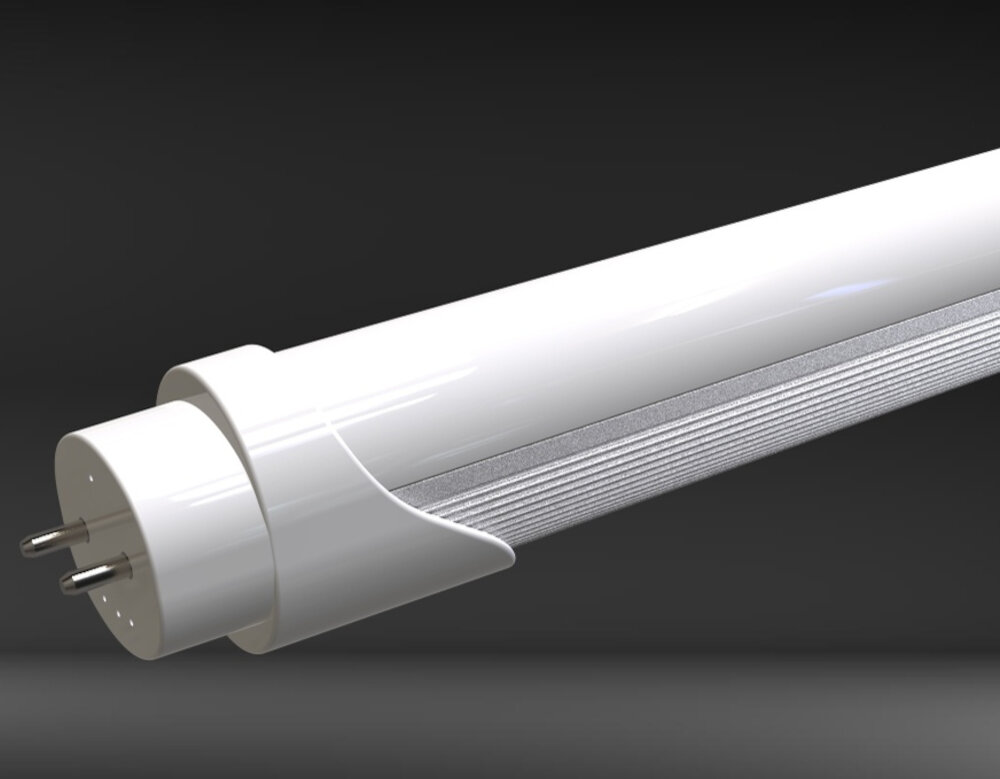
When it comes to installing LED lighting in your bathroom, it is important to follow the manufacturer’s instructions carefully. Make sure you have all the necessary tools and materials before starting the installation process. It is crucial to turn off the power supply before working on any electrical components. If you are not experienced with electrical work, it is recommended to hire a licensed electrician to perform the installation. Once the LED lights are installed, you can adjust the brightness and color temperature to your preference. Remember to regularly clean and maintain your LED lights to keep them functioning at their best. To ensure the longevity of your LED lights, regular maintenance is essential. Dust and dirt can accumulate on the surface of the lights, which can reduce their brightness and effectiveness. Use a soft cloth to gently clean the surface of the lights, being careful not to damage any of the electrical components. If you notice any damage or malfunction in your LED lights, it is important to address the issue immediately to prevent further damage. Regular maintenance and upkeep of your LED lights will not only enhance the overall look and feel of your bathroom, but it will also save you money in the long run by avoiding costly repairs or replacements.
Proper installation of LED fixtures in your bathroom is crucial to achieving the desired lighting effect. Firstly, it’s important to choose the right type of LED fixture for the specific area of your bathroom you want to light up. Make sure to follow the manufacturer’s instructions when installing the LED fixture, and use appropriate tools and materials. It’s also important to ensure that the wiring is done correctly, and that any electrical connections are secure. Finally, make sure that the LED fixture is properly positioned and angled to provide the best lighting effect. With these tips in mind, you’ll be able to create a well-lit and functional bathroom that looks great and enhances your daily routine.
LED lights are a great investment for any bathroom due to their energy efficiency, long lifespan, and low maintenance requirements. However, proper maintenance is still necessary to ensure that they continue to function optimally. One key maintenance requirement is to regularly clean the fixtures to prevent dust and debris buildup, which can reduce the brightness of the lights over time. It is also important to check for any loose connections or damaged wiring to avoid potential safety hazards. Additionally, replacing any burnt-out bulbs promptly can help extend the lifespan of the LED lights and maintain their optimal brightness levels. By following these simple maintenance tips, you can keep your LED lights shining bright for years to come.
When it comes to brightening up your bathroom with LED lighting, there are a few common issues that may arise during installation. One of the most common issues is selecting the wrong wattage for your LED bulbs. To avoid this, it’s important to determine the size of your bathroom and the amount of light you need. Another common issue is improper wiring, which can result in flickering lights or even electrical fires. It’s important to follow all safety guidelines and consult a professional electrician if necessary. Additionally, selecting the wrong color temperature can affect the overall ambiance of your bathroom. It’s important to choose a color temperature that matches your personal preference and complements the decor of your bathroom. By addressing these common issues, you can achieve proper lighting and transform your bathroom into a relaxing and inviting space.
Proper bathroom lighting is crucial for a variety of reasons. Firstly, it helps to create a safe environment by reducing the risk of slips and falls. Secondly, it is essential for performing tasks such as shaving, applying makeup, and brushing teeth. Insufficient lighting can lead to mistakes and accidents. Thirdly, the right lighting can enhance the overall ambiance of the bathroom, making it a more relaxing and enjoyable space. LED lights are an excellent choice for bathroom lighting as they provide bright, energy-efficient illumination while also being long-lasting and low maintenance. By choosing the right LED wattage for your bathroom, you can achieve optimal lighting that is both functional and aesthetically pleasing.
There are numerous benefits of using LED lights, especially for bathroom lighting. Firstly, LED lights are energy-efficient, consuming less electricity than traditional incandescent bulbs, which can lead to significant savings in energy bills. Secondly, LED lights have a longer lifespan than other types of bulbs, making them a more cost-effective option in the long run. They also emit less heat, making them a safer option in bathrooms where moisture levels can be high. Additionally, LED lights are available in a range of color temperatures, from warm white to cool white, allowing you to create the perfect ambiance for your bathroom. Finally, LED lights are eco-friendly, as they do not contain toxic chemicals that can harm the environment, making them a sustainable choice for your bathroom lighting needs.
In conclusion, achieving optimal bathroom lighting with LED technology requires careful consideration of several factors such as the size of the space, the color temperature of the bulbs, and the placement of the fixtures. It is recommended to use a combination of ambient, task, and accent lighting to create a well-lit and visually appealing bathroom. For a typical 5×8 foot bathroom, a total of 2500-3000 lumens of LED lighting is recommended, which translates to approximately 25-30 watts of LED bulbs. It is also important to choose LED bulbs with a high color rendering index (CRI) for accurate color representation and to avoid glare by using diffused or indirect lighting. Lastly, installing dimmer switches can provide flexibility in adjusting the brightness of the lighting to suit different needs and moods. By following these tips, you can transform your bathroom into a bright and inviting space that enhances your daily routine.
Conclusion
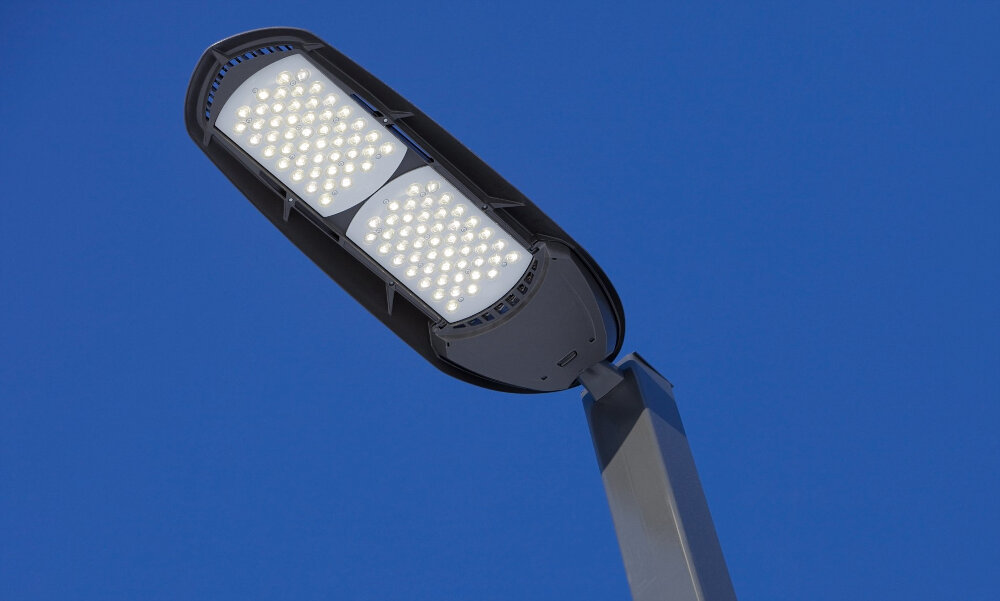
In conclusion, proper lighting in your bathroom is essential for both functionality and aesthetic appeal. LED lighting is a great option for brightening up your bathroom, as it is energy-efficient and long-lasting. The amount of LED watts you need depends on the size of your bathroom, the type of lighting you prefer, and your personal preference for brightness. It is recommended to use a combination of overhead lighting and task lighting for optimal illumination. By choosing the right LED wattage and placement for your bathroom, you can create a comfortable and inviting space that will make your daily routine a pleasure. So, take the time to assess your bathroom lighting needs and invest in the right LED bulbs today!

